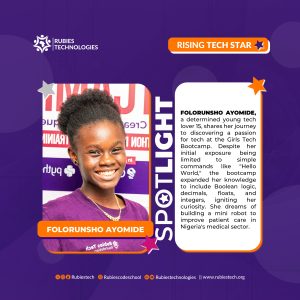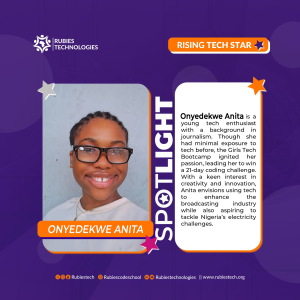Artificial Intelligence (AI) has transformed how we produce content, allowing for automation and efficiency that were previously unimaginable. From generating blog posts to crafting social media updates, AI tools like ChatGPT and DALL-E enable creators to streamline their workflows and focus more on creativity rather than repetitive tasks. This shift marks a significant evolution in content strategy, where AI not only assists but also enhances the creative process.
Benefits of AI in Content Creation
- Increased Efficiency and Productivity: AI can generate content at a pace that far exceeds human capability, allowing creators to meet tight deadlines without compromising quality. It can also help improve efficiency in brainstorming ideas which helps in reducing the time needed in creating content.
- Content Optimization: AI can play a crucial role in content optimization, ensuring that the created content is optimised for search engine visibility, user engagement, and overall performance. Through the analysis of search trends, user behaviour, and content performance metrics, AI can provide valuable recommendations for content refinement, optimization, and distribution, ultimately enhancing the reach and impact of the content.
- Scalability: Businesses can leverage AI to create personalised content for diverse audiences. For example, AI can automate email marketing, providing tailored messages to customers.
Risks and Challenges of AI in Content Creation
- Quality concerns and possible plagiarism or intellectual property violations: AI can unintentionally generate content that closely mirrors existing works, raising plagiarism concerns. AI tools often piece content together from various sites and reword them. This can cause content to be flagged as plagiarised content. Content needs to be authoritative and informative, which can be hard to do when piecing information together from various sites without proper human review.
- AI Hallucinations: There is a great risk of AI hallucination in AI-generated content. AI hallucination refers to when AI tools produce content that is nonexistent, false, misleading or not related to the topic in question. It is therefore necessary for human review when using AI in content creation.
- Content Homogenization: Over-reliance on AI can lead to uniformity in content, diminishing uniqueness and creativity. Therefore, it is necessary to be less reliant on Ai by reducing the role it plays in the process of content creation.
- Job Displacement: As AI tools become more capable, there is a fear that they may replace human jobs in creative fields.
Best Practices for Responsible AI Use
- Transparency and Disclosure: Always disclose when content is generated or significantly aided by AI tools. This builds trust with your audience. This is often necessary in AI-generated images or videos.
- Human Oversight and Editing: It is necessary to include the human touch while creating content with AI. This means that AI-generated content should be properly edited to ensure that the final piece aligns with your unique voice and avoids errors that AI might make.
- Content Diversification and Uniqueness: Use AI tools to generate ideas, but always strive for originality in your final output. Ensure your content remains unique by adding original thoughts, experiences, and insights that AI tools cannot replicate. This helps to maintain the uniqueness of the writer’s voice in his content.
- Respecting Intellectual Property: Always credit sources appropriately and ensure that AI-generated content does not infringe on copyright laws or intellectual property. Run plagiarism checks on AI-generated, and use AI tools that prioritise responsible content generation.
- Avoiding Bias and Stereotypes: AI tools can inherit biases from the data they are trained on, which might lead to content that unintentionally perpetuates stereotypes. Be vigilant about the biases that may be present in AI algorithms. Regularly review content for inclusivity and fairness.



